The Peaberry Coffee Bean’s Genetic Mutation Is Its Defining Feature
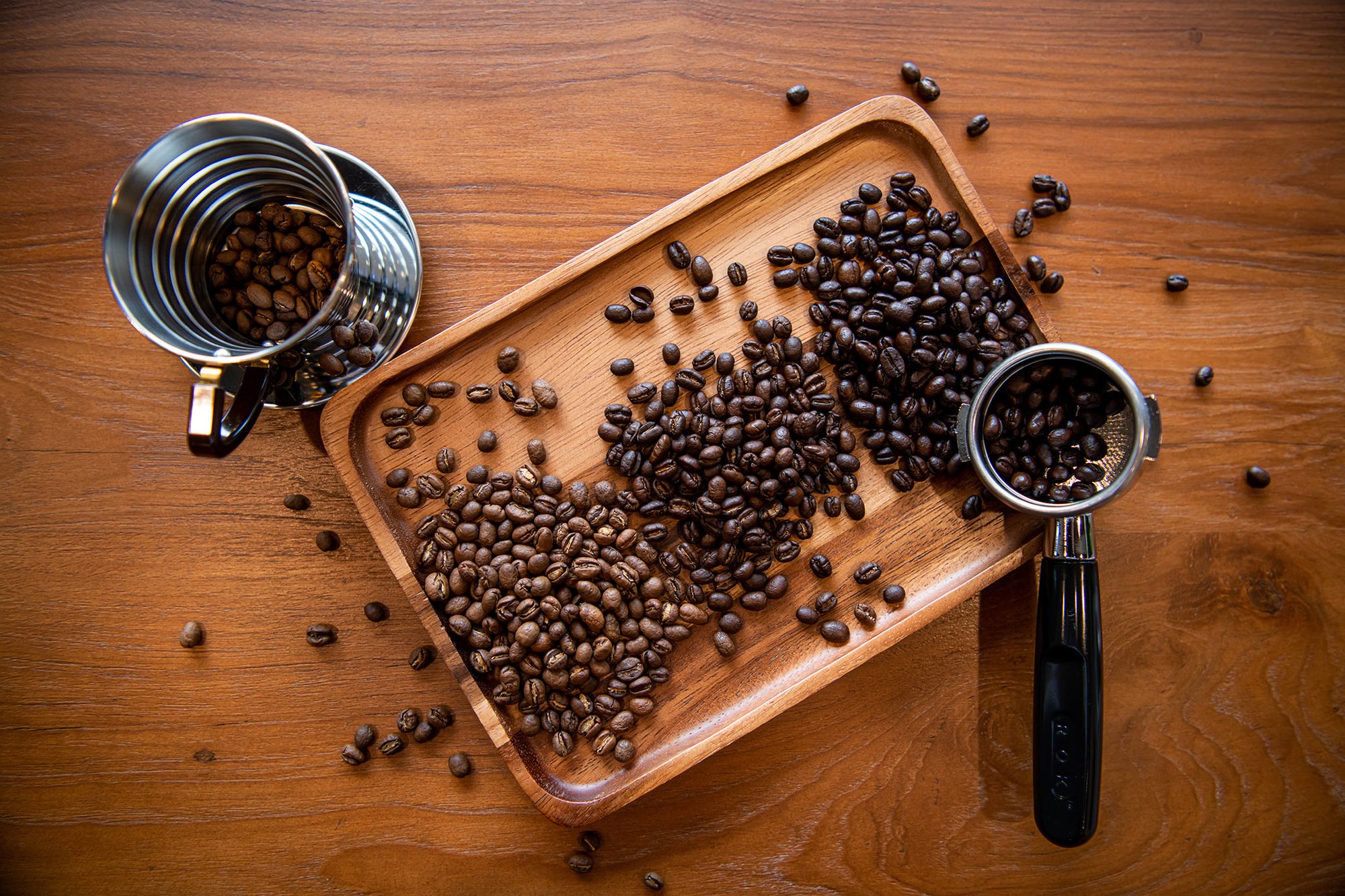
Peaberry coffee beans roasted to three different levels. Adobe Stock photo.
As a coffee culture journalist, I am on the hunt to sample new and exciting coffee bean varieties worldwide. One easy and relatively inexpensive way to experience a different offering each month is by signing up for a coffee subscription. But half the fun of maintaining the title of a coffee world traveler is to spend time visiting the local coffee shops and roasters in the area you are exploring.
Now it’s probably not the brightest idea to hit up six different coffee shops in one day, but if you set aside some time on your next vacation or work trip to experience a new cafe, it’s often a rewarding experience.
During my last trip to Guatemala, I dedicated part of my day to visit some coffee shops around the city. One such shop was Rojo Cerezo in Guatemala City. The cafe is owned and operated by Rogelio Rojas, and his menu includes a complete offering of drip, pour over, cold brew, and espresso options.
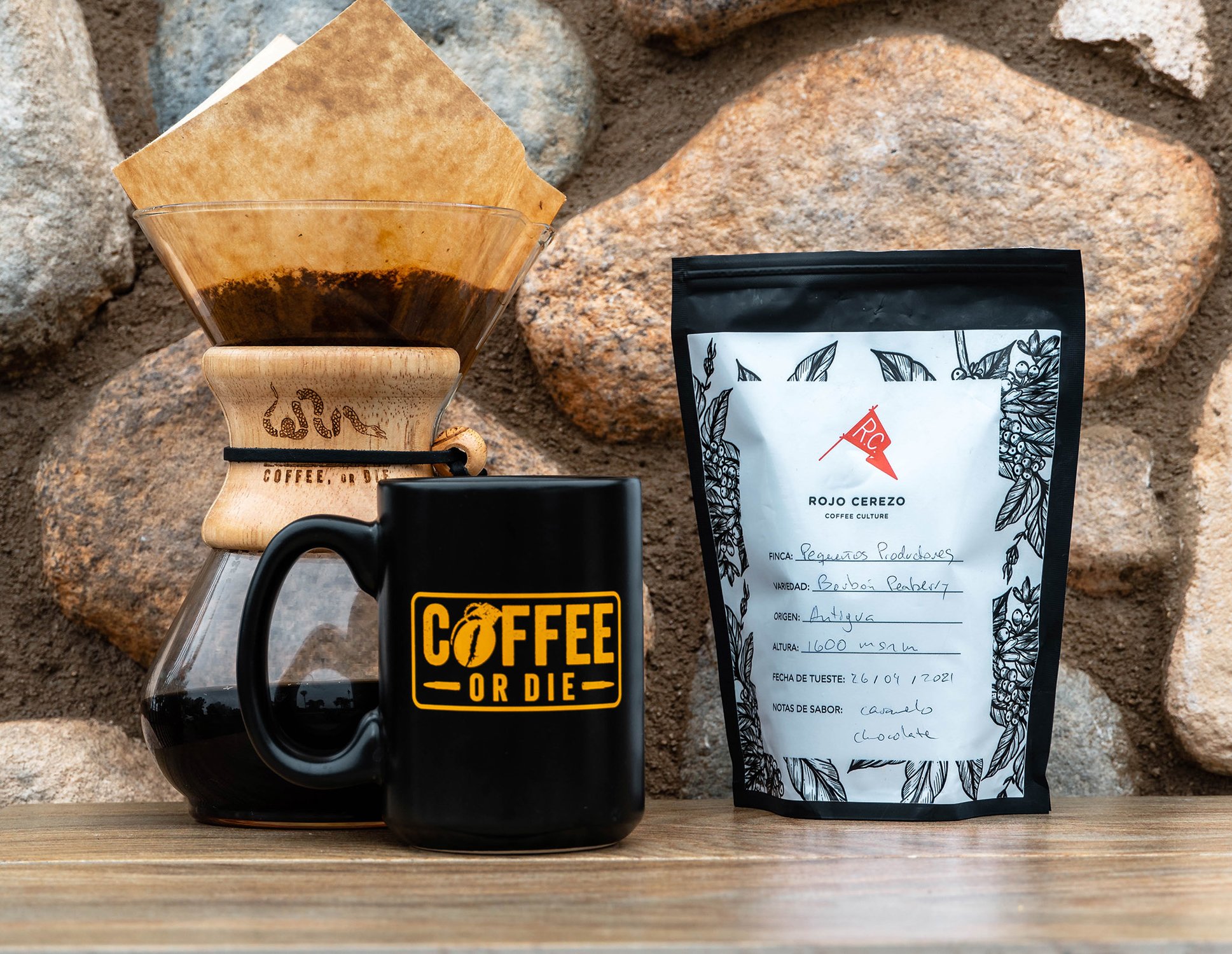
I chose two different bags of whole-bean coffee to take back stateside. This month, as I finished grinding up my final serving of Black Rifle Coffee Company’s Escape Goat Ethiopian coffee roast, I reached into my arsenal for something new and came out with a bag of bourbon peaberry coffee from Rojo Cerezo. Immediately I started to geek out, as this would be only the second time I had experienced brewing the rare single-bean roast.
A peaberry — often referred to as a caracol, or “snail” in Spanish — is a natural mutation of the coffee bean inside its cherry. Most coffee cherries contain two coffee beans inside the fruit, often resembling the two halves of a peanut because they lie flat against each other.
Only about 5% of the world’s coffee cherries are found with only one bean inside. This single bean, called the peaberry, tends to be smaller, denser, and rounder than your average flat bean.
Some coffee enthusiasts claim to taste a noticeably sweeter and more flavorful note to the peaberry, but others say they can’t tell the difference.
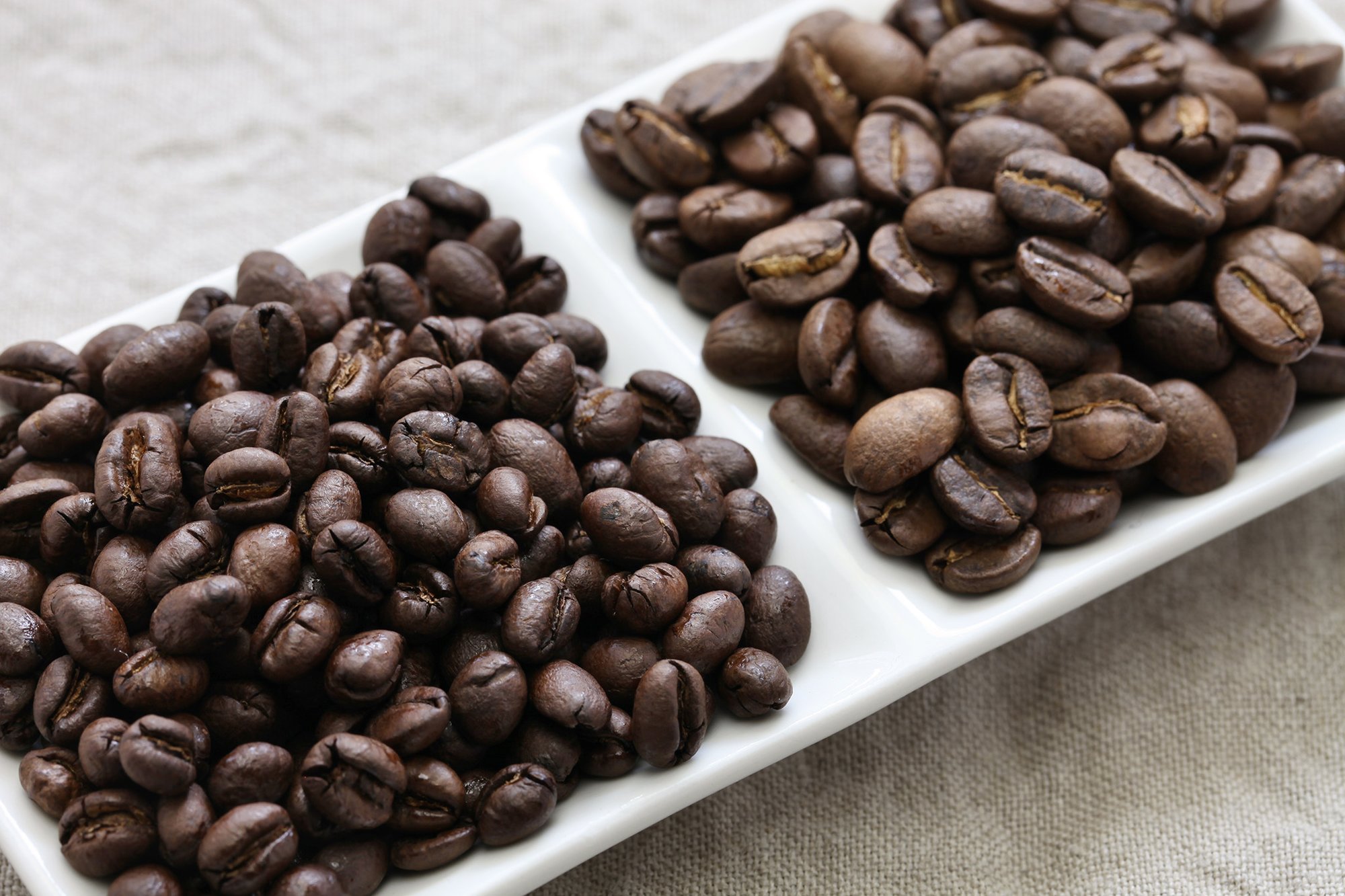
You may not see peaberry offered at your local coffee shop because many believe there is nothing special about peaberries other than their rarity. While the caffeine content is similar to that of a standard coffee bean, one reason peaberry coffee may be sought after is that the beans’ rounder shape allows them to more efficiently absorb heat during the roasting process for a smoother overall taste experience.
When a coffee cherry is initially harvested, there’s no way to tell from looking at the cherry whether there’s a single or double bean inside. So single beans must be hand-sorted after picking and processing to be sold separately, which can come at a premium price due to the added labor.
The lands best known for producing peaberry coffee include Tanzania, Thailand, and Kona, Hawaii.
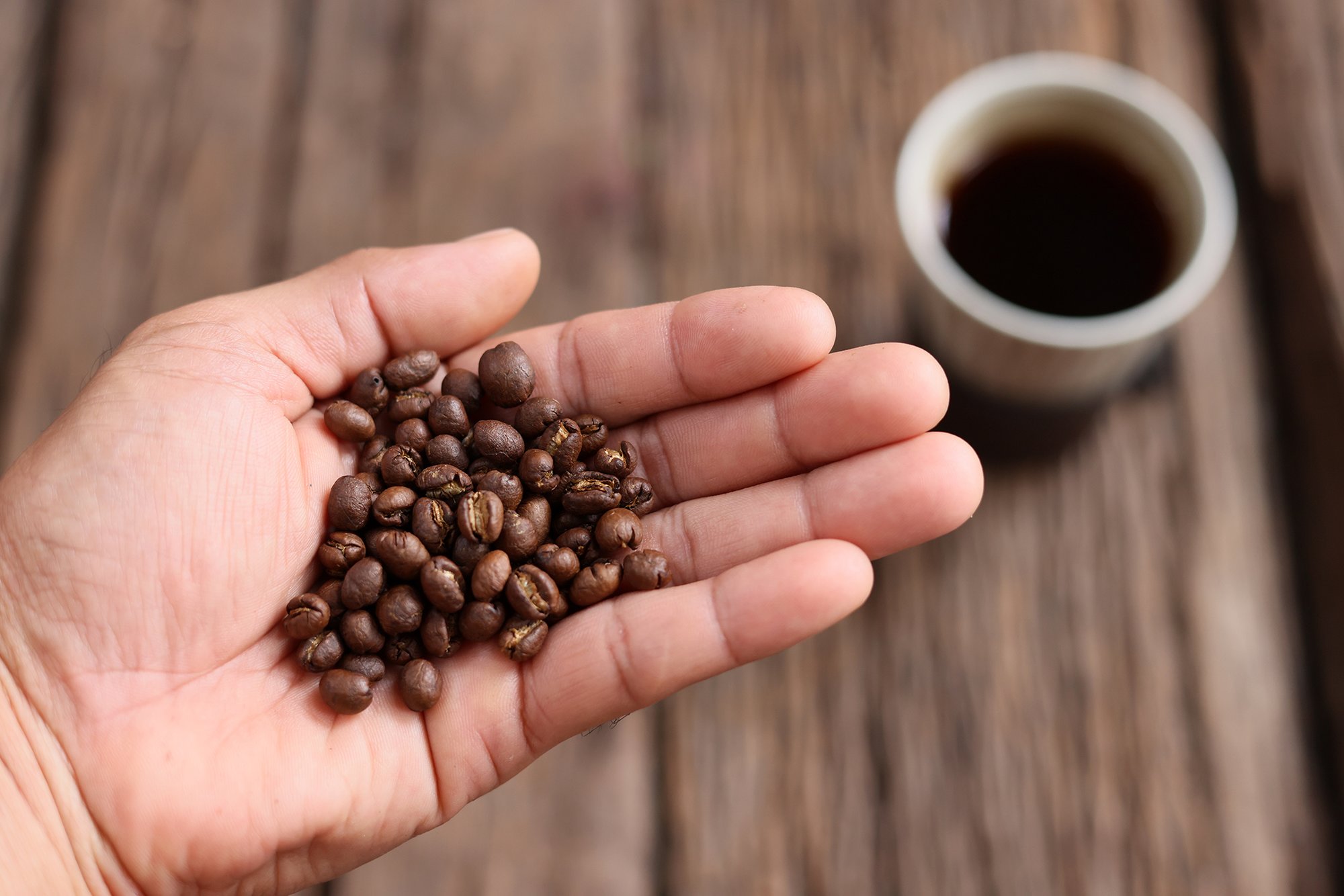
My first experience with a peaberry roast was a cold-brew concentrate brewed with the Oxo Cold Brew coffee maker. It was a medium roast, whole-bean Kauai coffee. The first thing I noticed was how smooth the coffee tasted. The low acidity is a perfect late-afternoon or early-evening pick-me-up.
Rojo Cerezo Bourbon Peaberry
- Origin: Guatemala
- Tasting Notes: Caramel and milk chocolate
- Aroma: Light
- Body: Light
- Acidity: Low
- Region: Antigua
- Variety: Bourbon peaberry
- Processing Method: Anaerobic
- Growing Altitude: 1,600 meters above sea level
Tools Used for This Sampling
- Six-Cup Classic Chemex
- Chemex Bonded Filters Pre-Folded Squares
- Oxo Conical Burr Coffee Grinder
- Apexstone Coffee Scale with Timer
- Fellow Stagg EKG Electric Kettle
- Crystal Geyser Alpine Spring Water (because it’s easy to find!)
- Brew Ratio: 30 grams of coffee per 500 grams of water
- Grind Size: Medium fine
- Water Temperature: 212 degrees Fahrenheit
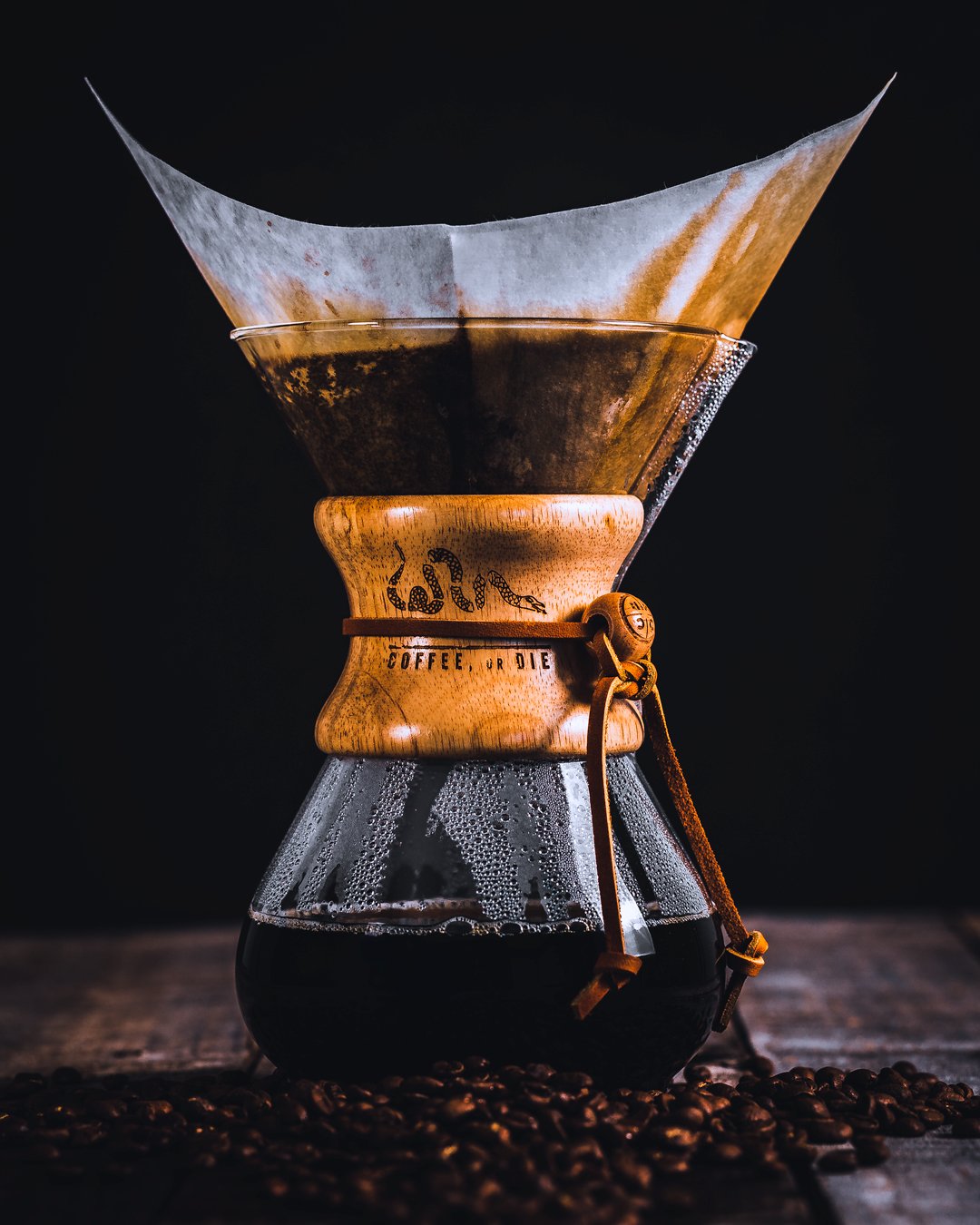
The author’s preferred Chemex brew technique:
- Grind 30 grams of coffee.
- Rinse the paper filter with hot water from the kettle.
- Add coffee grounds to Chemex filter.
- Flatten grounds by shaking Chemex.
- Start digital timer.
- Add 2x coffee weight (60 grams) of bloom water.
- Let coffee grounds bloom for up to 45 seconds.
- Add 60% of total brew weight (300 grams) in the next 30 seconds.
- Check Chemex filter to ensure consistent flow.
- Add remaining water until the scale reaches 500 grams.
- Give Chemex a gentle swirl.
- Let the remaining brew draw down.
- Aim to finish drawdown by 4 minutes, 30 seconds.
- Final stir.
- Enjoy in your favorite coffee mug!
This peaberry roast produced a slightly brighter and light-bodied cup than other coffees I’ve sampled. Although I prefer a medium to darker roast as my go-to first cup of the day, this bourbon variety would be a perfect choice as a midmorning beverage. The hints of milk chocolate in this roast also led me to believe it would make a killer cold brew concentrate to be enjoyed throughout the week.

Kelly Getzelman is a former staff writer for Coffee or Die Magazine. A retired Navy SEAL chief petty officer, Getzelman has nearly two decades of special operations experience and is always ready to ship out on his next epic coffee adventure.
BRCC and Bad Moon Print Press team up for an exclusive, limited-edition T-shirt design!
BRCC partners with Team Room Design for an exclusive T-shirt release!
Thirty Seconds Out has partnered with BRCC for an exclusive shirt design invoking the God of Winter.
Lucas O'Hara of Grizzly Forge has teamed up with BRCC for a badass, exclusive Shirt Club T-shirt design featuring his most popular knife and tiomahawk.
Coffee or Die sits down with one of the graphic designers behind Black Rifle Coffee's signature look and vibe.
Biden will award the Medal of Honor to a Vietnam War Army helicopter pilot who risked his life to save a reconnaissance team from almost certain death.
Ever wonder how much Jack Mandaville would f*ck sh*t up if he went back in time? The American Revolution didn't even see him coming.
A nearly 200-year-old West Point time capsule that at first appeared to yield little more than dust contains hidden treasure, the US Military Academy said.












